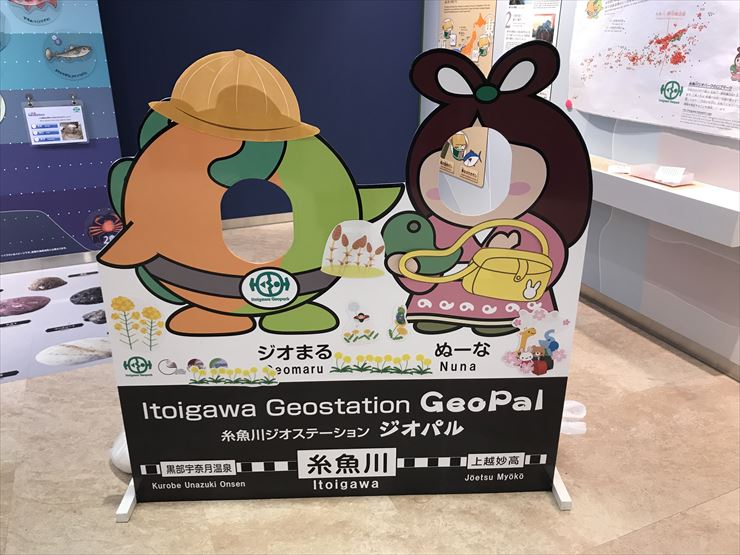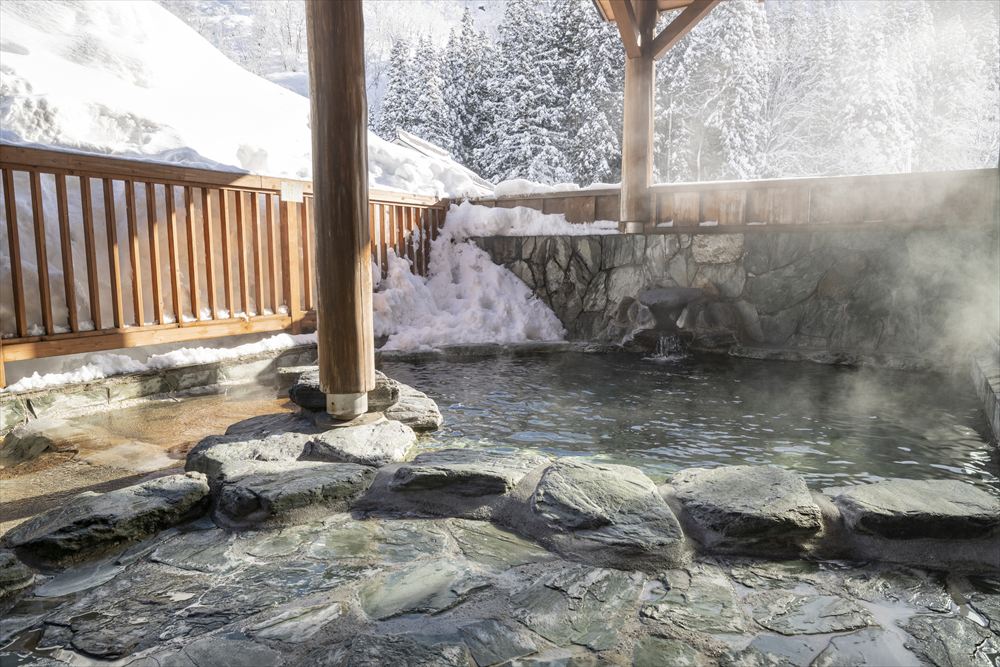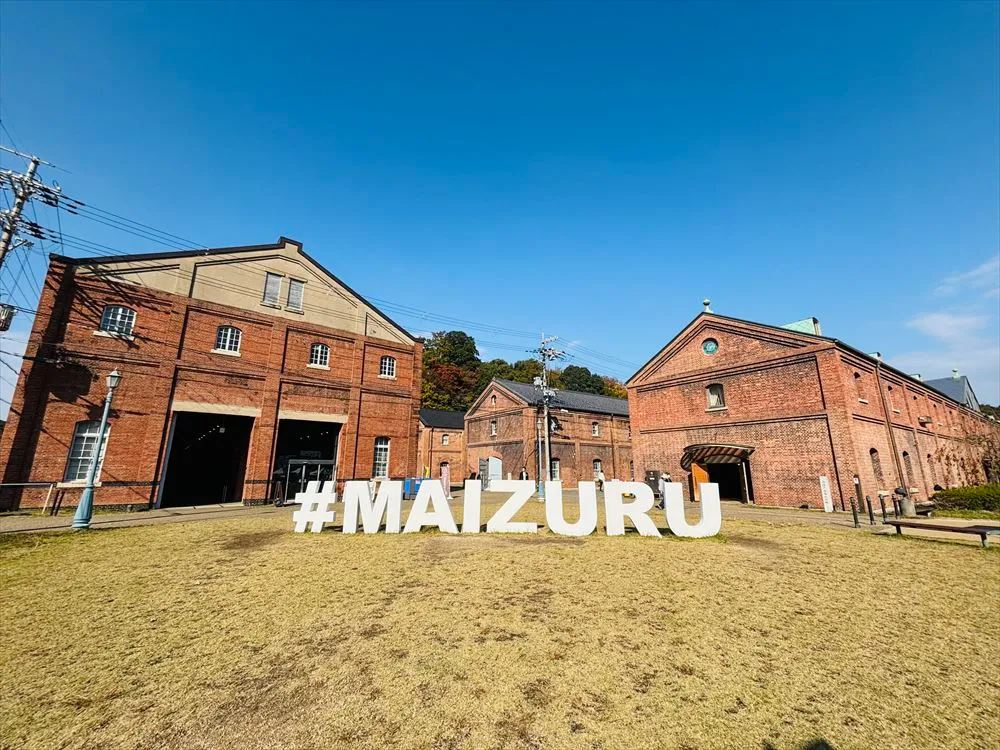The lure of Itoigawa City in Niigata Just 2 hours from Tokyo on the Hokuriku Shinkansen
Itoigawa GeoStation GeoPal
Itoigawa City, the most prominent jade-producing region in Japan, sits on the western edge of the Fossa Magna, a fault line that geographically separates East and West Japan. Itoigawa was the first of Japan’s UNESCO Global Geopark. When traveling here, the first place you’ll want to stop by is the Itoigawa GeoStation GeoPal, the tourist information center located inside the Itoigawa Shinkansen Station.


While there, don’t forget to take in the Model Railroad and Diorama Gallery, where you can try your hand at operating a model train (for a fee). Kids and train-loving adults, and even I, not much of a train fan, was fascinated.



| URL | http://geo-itoigawa.com/eng/ |
Tanimura Art Museum
In fact, I was so absorbed in the staff’s talk that I had to force myself to leave for my next destination, the Tanimura Art Museum.
The Tanimura Art Museum, designed by architect Murano Togo, showcases the Buddhist artwork of wood sculptor Sawada Seiko. On approach, the surreal-looking building seems almost like an ancient ruin emerging from the desert along the old Silk Road, the mystique of which seems to have served as the backdrop for fashion shoots. The museum’s outside passage is reminiscent of the stately beauty of the corridors of the Horyuji Temple. Inside, the sculptures stand in nooks of their own, the gentle curve of the walls leading visitors to walk to the next display while preventing them hindsight at the ones they already saw, a lesson in moving forward and leaving the past behind. The natural light has been calculated to reflect differently on the art objects depending on the weather and time of day. “Amahiko,” a statue of a mother embracing her child, is the only human sculpture in the collection. Imbued with a prayer for peace, the shadows left and right of the statue depict the hands of the mother and child outstretched to each other. I will never forget how moved I felt when I was prompted by the guide to look at the shadows. Similarly, the message behind each art piece impacted profoundly my view of the world. I ended the visit feeling incredibly thankful.


Gyokusuien Garden
I also paused at the Gyokusuien Garden, the exquisite Japanese garden adjoining the museum. This is a viewing garden designed by landscape architect, Kinsaku Nakane. The view, when seen from the large window inside the museum, seemed like an enflamed painting come alive. Although it rained on this day, the sound enthralled me even more. In November, the garden is illuminated at night to feature the autumn foliage and the artistic, yet practical, yukizuri ropes that protect the trees in winter. A huge Kannon statue made from natural stone stands guard at the entrance of the garden and emits a mesmerizing power just by looking at it. I am told that it looks different depending on where you are, and from the inside of the museum, the profile resembles a gorilla’s face.

| URL | http://gyokusuien.jp/ |









